Quickly Changing Automotive Industry
Recently, the global automotive industry has experienced significant transformations. Competition has intensified, especially in the electric vehicles (EV) sector, and the shift towards EVs continues to accelerate. BYD, a leading EV manufacturer, reported a 41% increase in global sales in 2024. Automakers are forming strategic alliances to enhance their positions in the evolving market.
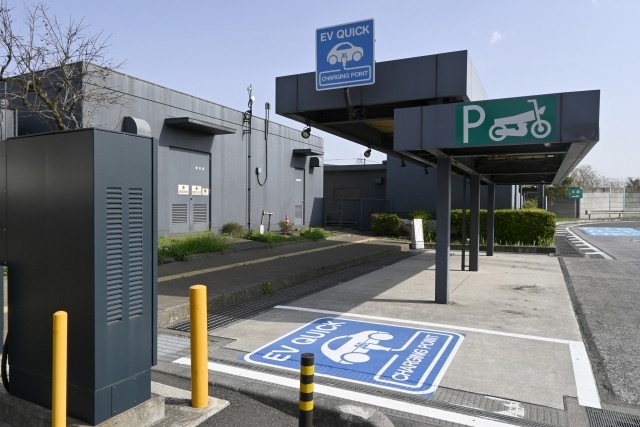
IIn such background, Honda Motor Co., Ltd (‘Honda’) and Nissan Motor Co., Ltd. (‘Nissan’) started discussions in March 2024 about a merger and collaboration in car production. In August 2024, the three companies, including Mitsubishi Motors Corporation (‘Mitsubishi’) whose major shareholder is Nissan, signed an ‘MOU regarding a strategic partnership for the era of vehicle intelligence and electrification’ on March 15 (https://global.nissannews.com/en/releases/241223-01-e). On December 23, 2024, Honda and Nissan announced they had begun discussing a business merger. And Mitsubishi also participated in the discussions with them. However, their merger discussions did not go well, and they announced on February 13, 2025, that they decided to terminate their MOU signed in December 2024.
This blog explores the background and reasons behind the breakdown of the talks between the two companies.
Why did the two companies need an alliance?
There are as many as eight car manufacturers in Japan. Toyota Motor Corporation (‘Toyota’), Nissan, and Honda are Japan’s top three car makers. However, Toyota (including Lexus) is the dominant player in the domestic market.
Over the past decade, Toyota has steadily built up its global sales, with its group companies consistently exceeding 10 million vehicle sales a year. Through capital tie-ups with Suzuki, Mazda and Subaru, the company has successfully reduced the burden of large-scale development costs for automatic driving and EVs. In addition, the acquisition of Daihatsu Motor Co., Ltd., which manufactures compact automobiles and Hino Motors, Ltd., which manufactures trucks and buses, expanded the range of vehicles they sell. On the other hand, Honda and Nissan were seeking to expand their market outside of Japan , but it did not work and resulted in their global sales shrinking and widening the gap with Toyota (Toyota made 11.23 million units of global vehicle sales, while Honda sold 4.1 million units and Nissan sold 3.44 million units).
The global car industry is changing in many ways, including the shift to electric vehicles, the emergence of new business models and technologies, and the impact of geopolitical conflicts. To win the competition, automakers need to bear a huge amount of investment costs.
A merger between Honda and Nissan would surely have increased their competitiveness in terms of management scale and the latest technology. Furthermore, if Mitsubishi Motors, which is already a subsidiary of Nissan, were added to the group, a giant group with the third largest sales volume in the world could have been created.
Nissan and Renault
Nissan entered a capital tie-up with the Renault Group (‘Renault’) in March 1999 and became part of Renault. At that time, Nissan was on the verge of bankruptcy with interest-bearing debts of over 2 trillion yen. Under this alliance, the vice president of Renault assumed the post of Nissan’s chief executive officer and implemented a restructuring plan. The plan worked well, and Nissan produced a surplus the next year and successfully paid off its debt in 2003. However, after the improvement in Nissan’s performance, Renault still kept holding 43.4% of Nissan’s shares while Nissan’s shareholding in Renault remained at 15%, despite Nissan’s more extensive sales and corporate size. Furthermore, Nissan was dissatisfied that they were not given voting rights over Renault, and in November 2023, the two companies agreed to restructure their relationship and reduced their stakes to 15% each to put them on equal footing.
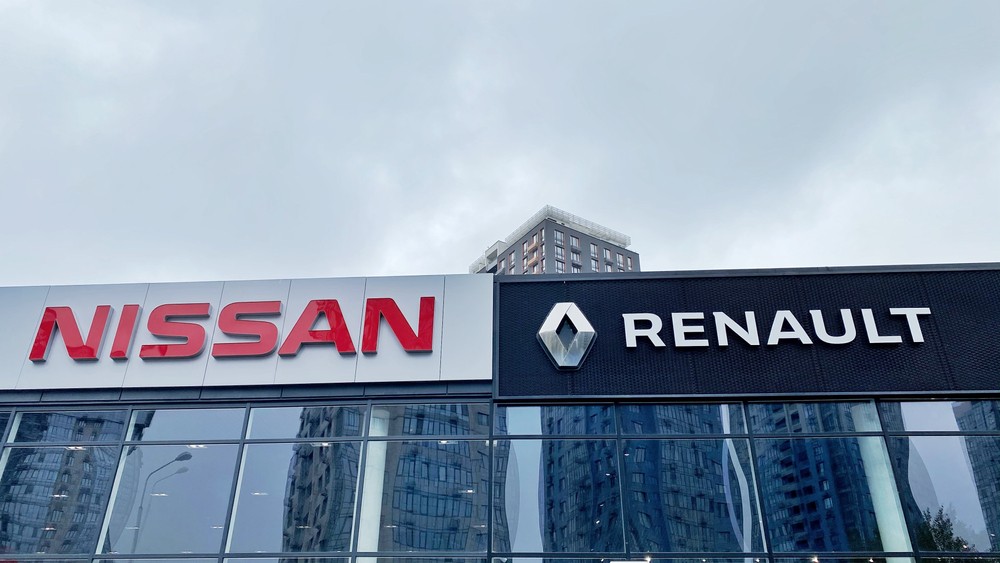
Nissan is one of the few Japanese manufacturers that produces and sells electric vehicles. The company also sells several models equipped with ProPilot*, a piece of equipment that combines advanced safety features with automatic driving technology, demonstrating its technological prowess. Nissan produces most of its cars overseas, and only 10% of finished cars are shipped from Japan.
*ProPILOT: Revolutionary autonomous drive technology that is designed for highway use in single-lane traffic. https://www.nissan-global.com/EN/INNOVATION/TECHNOLOGY/ARCHIVE/PROPILOT/#:~:text=ProPILOT*%20is%20a%20revolutionary%20autonomous,highway%20traffic%20and%20long%20commutes
Nissan experienced sluggish sales between 2018 and 2022, with a significant sales volume decline, until the sales improved in 2023. This year, Nissan’s global sales volume increased in the global market (excluding China), including Japan, North America, and European markets, by 4.1% from the previous year and sold 3.44 million units.
Honda’s Sales Performance
Honda announced that it made a downward adjustment in sales projection for the fiscal year ending March 31, 2025, and its global sales of four-wheel are expected to be 3.9 million units, down by 220,000 units from the previous forecast. This is due to struggling sales in China, which fell by 32.4% year-on-year to 209,000 units in the April-June period of 2024, while new vehicle sales in the US in 2024 were up 9% to 1,423,857 units, with HVs and other electric vehicles up 19% to approximately 350,000 units.
On the same day, Honda also announced that its consolidated financial results for the period from April to June 2024 marked the highest operating profit of 484.7 billion yen (up 22.9% year-on-year) for the same period, thanks to increased motorcycle sales and strong contributions from hybrid vehicles (HVs). Considering these results, it is evident that Honda is facing challenges in the Chinese market. Honda might have seen the alliance with Nissan as an opportunity to fight back in the Chinese market.
Honda kept good sales and is expected to secure the same profit level ending March 31, 2013, as the previous year, with strong sales of hybrid vehicles (HVs) in North America.
On the other hand, Nissan revised its full-year operating profit forecast for FY2025 downward by 70% on November 7, 2024, due to sluggish car sales in North America. And its management team could not devise measures to deal with the situation, such as massive layoffs.
Therefore, the potential merger of the two companies was seen as Honda giving Nissan a helping hand.
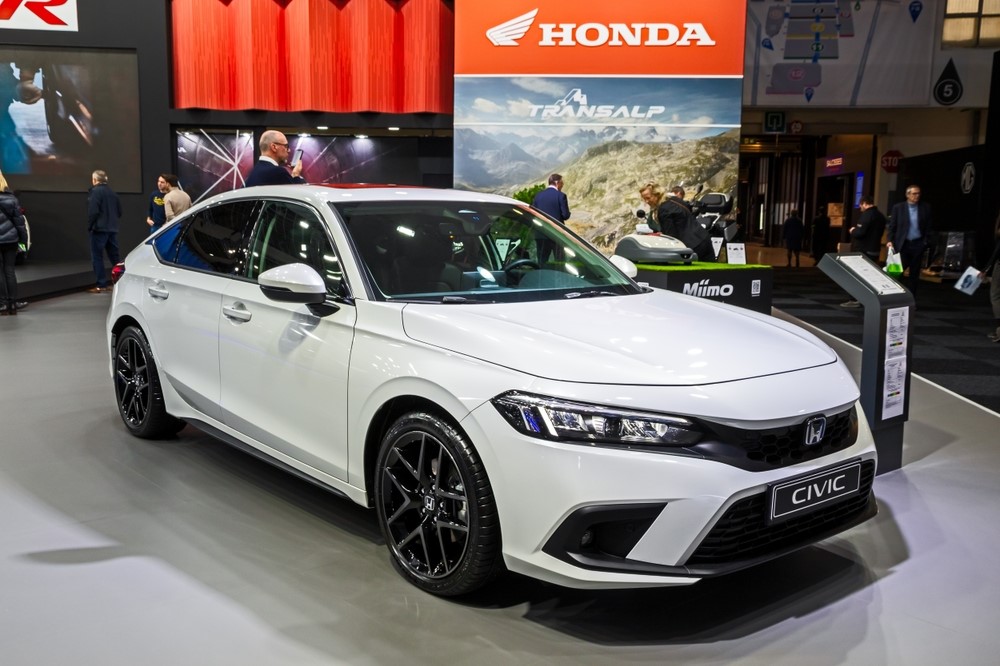
How did Honda and Nissan plan for the potential merger?
At the beginning of the press conference, Nissan President Makoto Uchida expressed a sense of urgency about the rapidly changing business environment. ‘New automakers are coming into the market with innovative products and business models, and now they are ready to dominate the market with incredible price competitiveness and speed.’
The automotive industry has accelerated its shift towards EVs over the past few years to reduce carbon emissions. The EV market is expanding, particularly in China, Europe, and North America, with the support of their governments. The focus of competition among car manufacturers is shifting from hardware, such as engines and driving performance, to ‘electrification’ for decarbonisation, such as EVs, and ‘intelligence’, such as automated driving, where software performance is key.
Nissan has invested aggressively in manufacturing EVs, including the introduction of the world’s first EV, the Leaf, in 2010. However, it has been unable to keep up with the speed of growth of its rivals’ manufacturers, and its EV production has hit a wall.
Honda has set a target that all new cars it sells will be EVs and FCVs (Fuel Cell Vehicles) by 2040, but production of its first mass-produced EV, the ‘Honda e’, ended in January 2024; it has yet to make its presence felt in EV sales until 2023.
In order to increase its market share in terms of EV sales, the company also needs to hasten its research and development in software and automated driving technology. Therefore, Honda wanted to form an alliance with another company to reduce development and investment costs. An alliance with Honda and Nissan might have given them an advantage over competitors in the electrification of automobiles by combining Nissan’s EV technology (Leaf, Aria) with Honda’s hybrid technology (e:HEV). In addition, the alliance would strengthen the supply chain, reducing costs and stabilising component supply of EV key components through joint procurement.
Companies with Very Different Corporate Cultures
It seems the alliance would have many merits; however, there are also concerns about the differences in the two companies’ corporate cultures.
Honda was established in Hamamatsu in 1948 by the engineer Soichiro Honda. Initially, Honda manufactured motorcycles, but in 1963, it started manufacturing four-wheel vehicles, making it the last Japanese carmaker to do so. In FY 2019, Honda exceeded Nissan’s global car sales in the Japanese market, rising to second place among Japanese car manufacturers.
On the other hand, Nissan was founded in 1933 by an entrepreneur and creator of powerful business conglomerates, Yoshisuke Aikawa. For many years, Nissan had a strong presence as the second-largest automaker in the Japanese market and sold a string of luxury cars during the bubble economy period (from the late 1980s to the beginning of the 1990s), but after the bubble economy busted, the company fell into financial crisis and was restructured with the investment of Renault of France.
Honda has a bottom-up management style and values free and vigorous discussions, encouraging everyone to participate. In 1951, the founder, Mr Honda, wrote his ‘Three Joys’ – ‘Joy of Making, Joy of Selling, and Joy of Buying’—in the company newsletter, which has become Honda’s philosophy. Honda has a strong sense of regional independence, particularly in the US, and its head office strongly respects local decisions.
Nissan has been under the strong leadership of former Chairman Carlos Ghosn from Renault. Nissan applies a top-down decision-making style, and the work plan and tasks are decided by top management and passed to each department. Its headquarters in Japan has many foreign nationals, making its executives and staff increasingly multinational, which is quite different from many Japanese companies.
Honda’s recent focus has been on hybrid vehicles, while Nissan leans towards EVs. There were also many areas where the direction of electrification and technology did not match. A supplier executive with a long business relationship with both companies expressed that the two companies’ corporate cultures are like water and oil. Some were concerned about the differences in corporate culture and culture regarding the management integration of the two companies. Still, the two presidents said that they can maximise combining effects by overcoming these differences.
When the two companies started discussing a merger, they planned to set up a holding company, and each company would become a part of the group by subsidiary. They agreed that Honda would appoint the top management of the holding company, and the majority of the board members would be from Honda. So, the merger should have been Honda-led, but both companies still could have maintained their management autonomy and aimed for the growth of their respective brands while benefiting from the combined effects of the merger.
Too Deep Gaps to Be Filled
However, Honda suddenly proposed that Nissan become a wholly owned subsidiary of Honda, and if Nissan could not accept this proposal, Honda would discontinue the merger discussion. This sudden demand made Nissan anxious about the merger with Honda, worrying that Nissan’s technology, employees, and history would be cut off unilaterally from the new company.
During the merger discussion, the two companies also had difficulty agreeing on issues such as integrating hybrid vehicle technology. In the end, although some of the boards of directors favoured Honda’s proposal, the majority were against it, and Nissan told Honda to terminate the merger discussions.
On the other hand, Honda had no choice but to propose it. Investors felt that a merger with Nissan, whose performance was deteriorating, would burden Honda’s management. Honda’s stock price fell sharply, while Nissan’s share price rose immediately after their merger was announced on December 18 last year.
Honda tried to show enthusiasm forthe merger and announced that it would buy back up to JPY 1.1 trillion of its shares. However, the stock market did not respond as well as Honda had expected.
Termination of the Talks
Honda President Mr. Mibe was concerned that the global automotive market has been changing dramatically due to the momentum of emerging overseas car makers. The board members of Honda thought they should not spend too much time on the merger discussions since they were in the middle of fierce competition over market shares with their competitors. However, Nissan’s plan to rebuild its management and the speed of the process did not go far enough to satisfy Honda. Finally, Honda decided to make Nissan its wholly owned subsidiary, aiming to speed up decision-making by taking control. Nissan declined the proposal, and the merger discussion was terminated.
After the termination announcement, Mr. Mibe commented that it was a pity they could not reach an agreement and move forward to realise the merger. Nissan President Mr. Uchida also said this result was extremely regrettable, but Nissan wanted to set up a holding company with various functions to compete with other car makers.
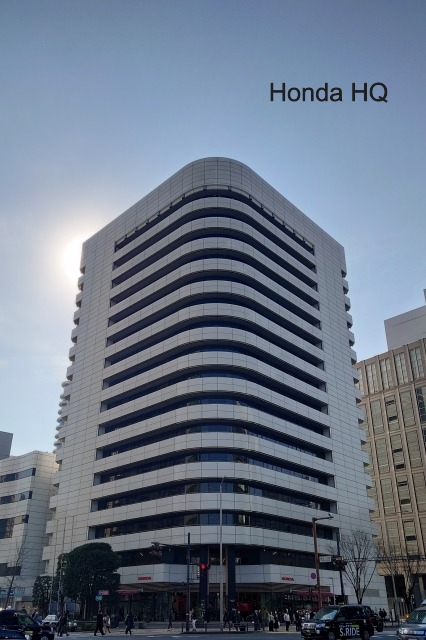
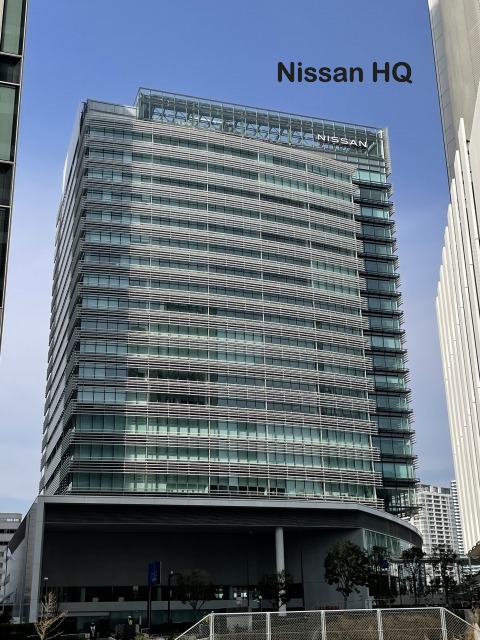
Honda Corporate Website: https://global.honda/en/?from=navi_header_global_jp
Nissan Corporate Website: https://www.nissan-global.com/EN/
